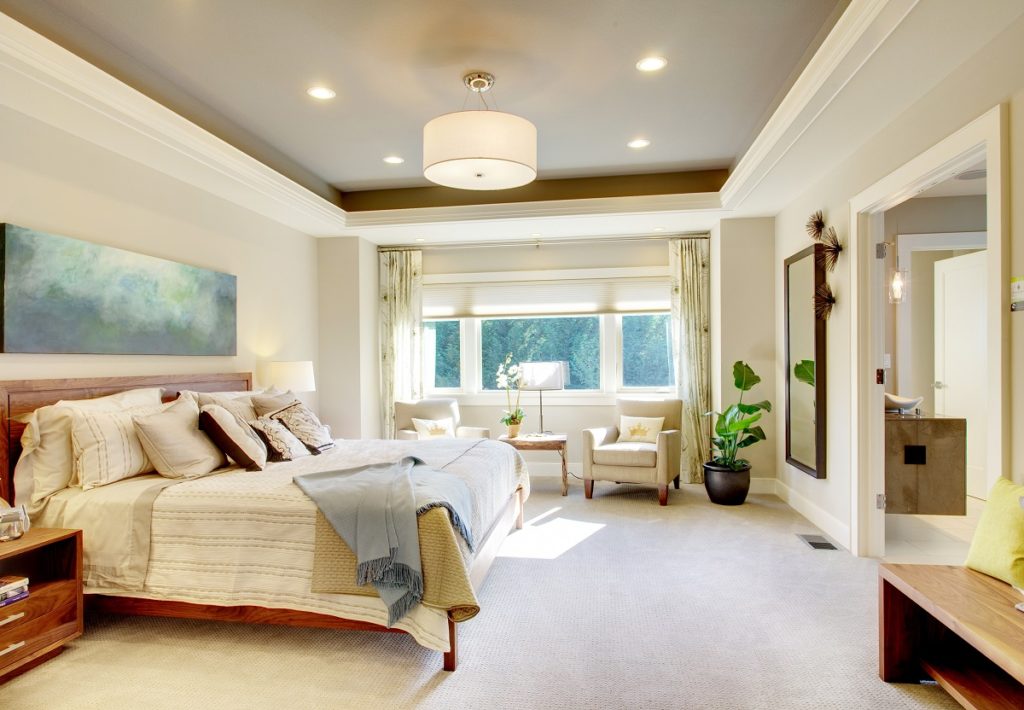There are a lot of great reasons we should allow rich natural light into our spaces. It benefits our health because the sunlight gives us a boost of vitamin D, improves our mood and sleep, and reduces the health risks of excessive exposure to artificial lighting. In terms of aesthetics, natural light makes our space fresher and more inviting, plus it also serves as the perfect lighting for Instagram and Pinterest worthy shots.
Aside from working with a reputable window contractor to ensure the quality and energy-efficiency of our beautiful windows, there are several other ways to bathe our space in natural light. A few don’ts should also be noted, because not all things “light” automatically enhance natural light.
That said, here are the dos and don’t of increasing natural light in your home:
Do: Use Brighter Colors
Go for a soft shade of white and other brighter shades to reflect the sunlight coming from your windows. To be certain that you’re choosing a shade that truly brightens up your space, look for its Light Reflectance Value (LRV), which ranges from 100 (pure white) to 0 (black). Any colors in between will have a lesser or greater LRV.
Include your ceilings when painting your interiors in a bright color. Ideally, ceilings should be white with a flat finish to avoid unsightly glares, but if you’re already painting your walls the same color, go for a few shades lighter on your ceilings. This will create the illusion of more height and space.
Don’t: Use a Brilliant White Paint
A brilliant shade of white isn’t the same as a soft shade of white. In case you’re confused, compare a brilliant white shade to an off-white shade. You’ll surely notice that the former looks cold, while the latter delivers a warmer feel. That said, stick to hues closer to off-white to avoid ending up with a space that looks stark and tasteless.

Do: Choose Satin or Glossy Finishes For Your Walls
More light will bounce off a wall that’s painted with satin or high-gloss paints. However, since high-gloss paints make way for glare, it isn’t typically used in walls, so opt for semi-gloss or satin instead, unless you don’t mind the downside of high-gloss finishes.
Don’t: Use Dark Furniture and Window Treatments
Although they can be pretty, considering their chic and dramatic appeal, dark furniture may block natural light, particularly if they’re placed against a window. However, if you’re really set on having them, you can assign them for accent pieces instead of the main ones, and it’ll be a win-win situation.
Dark window treatments, on the other hand, obviously decrease the brightness of natural light. They’re better off in bedrooms, where they can aid in sleep because of the extra dimness they provide.
Do: Build a Skylight
If your space lacks windows or if they aren’t big enough, your ceiling can also act as another access for natural light. A skylight actually provides more consistent brightness than large windows, as the sunlight from above is less likely to be blocked or shadowed by outdoor objects, like neighboring houses or buildings.
Don’t: Tone Down Artificial Light Quality
Having lots of natural light in the day isn’t a reason to tone down your artificial lighting’s quality and quantity. After all, there will always be corners around your home that won’t be filled with as much natural light. Plus, you’d need plenty of illumination during the night.
Consider dimmable lights or warm-white LED bulbs for a more relaxing feel. But the choice is ultimately up to you; what’s important is that your artificial lights meet your functionality and aesthetic standards.
Following these few “rules” on letting in more natural light to your space, it isn’t just your home that will benefit, but also your well-being. The more abundant we are in sunlight, the happier we and our home will be.

